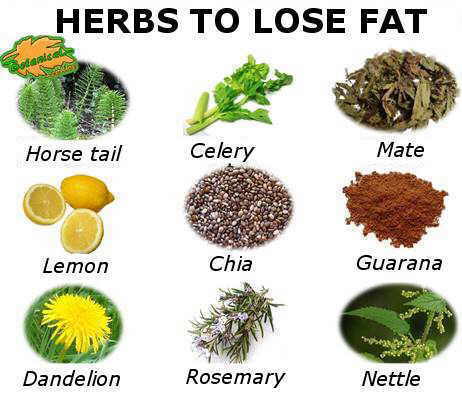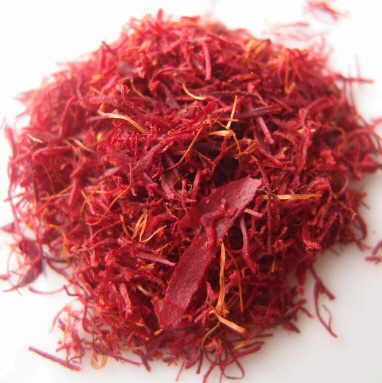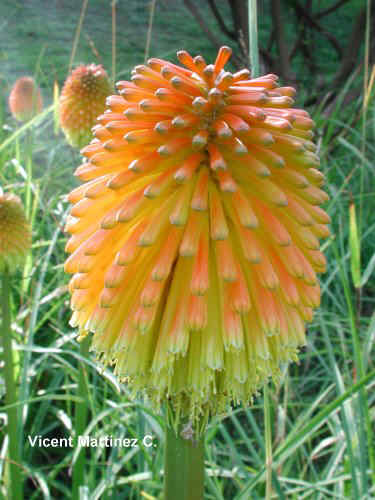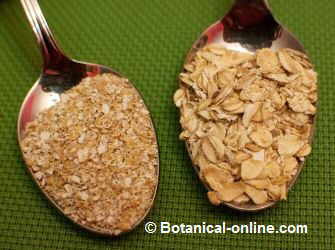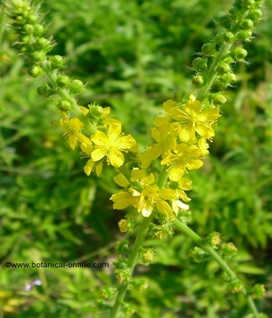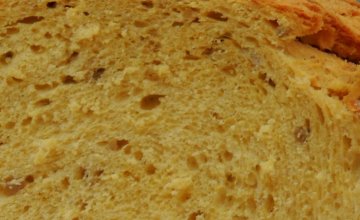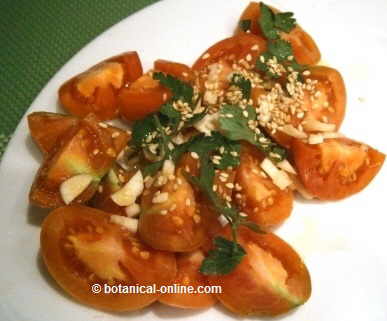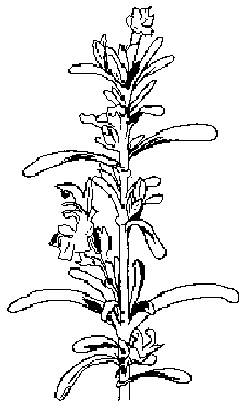Contents
How to grow cumin
Characteristics of cumin (Cuminum cyminum)
Scientific Name: Cuminum cyminum L.
Family: Apiaceae or Umbelliferae
Description of cumin
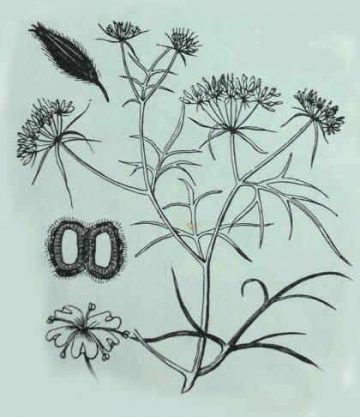
Annual herbaceous plant of the Apiaceae family. Stem branched at the base, erect and not very tall, from 20 to 50 (up 80)cm.
Leaves alternate, stalked, hairless and filiform segmented, very similar to dill, in the same botanical family than cumin.
Inflorescence in a terminal umbel. The umbel is a structure shaped like an inverted umbrella, formed because all the flower stalks join the stem at the same point.
Flowers hermaphrodite, tiny, white or pink.
The fruit of the plant is a diachene. brown, oval, and pubescence.
* More information on the botanical characteristics of cumin
Suitable climate for cumin
- Temperature: plant of Mediterranean origin adapted to warm and temperate climates.
- Resistant to frost (4 ° C)
- Sun Exposure: cumin plant grows in full sun, sheltered from the wind. Do not place it place in the shade.
- Elevation: 01200 meters above sea level.
Cumin required soil
- Ideal conditions: fertile, well-drained, sandy loam.
- Can grow in most well drained soils.
- Permeable soil, light (sandy) or little light (clay), and manured.
- Neutral pH
Propagation of cumin
Propagation by seed
- Plow the ground 12 months before planting.
- Fertilize the soil with fermented manure and plow the soil again.
- Sow in late winter and early spring. Recommended planting from March to May and in colder climates, in April. Protect from frost.
- Planting can be done at random or in drill sowing.
- Germination in 2030 days in average temperature of 2025 ° C. Optimum depth 1 cm and not more than 2.5 centimeters.
- Make a first watering after planting, when the plant reaches 5 cm tall (approximately at 2 months after planting).
- Drip irrigation is necessary especially in warm weather when there is no rain.
- Maintain a regular watering every 30 days, increasing irrigation in summer.
- Plant of rapid development, the fruit harvest occurs 45 months after planting.
Cumin flowering and fruiting
- It flowers in late spring, in May and June.
- The fruits ripen in summer.
Cumin crop care
- Cropland: cumin depletes soil nutrients, so you must carry out regular fertilizer or crop rotation.
- Irrigation: avoid puddles and too abundant watering, as these conditions can lead to the appearance of fungi in the plant. Maintain a regular watering each every 30 days.
- Fertilizer: due to its high content of essential oils, this crop requires large amount of sulfur. We recommend natural fertilizers such as fermented manure. Chemical fertilizers: calcium superphosphate, ammonium sulfate, potassium sulfate.
- Pests: It is a very fragrant plant that attracts wildlife. Because of its richness in starch, can be attacked by insects, and in warm weather by mites. Its umbels are typically infested by aphids.
- Harvesting of fruits: whole umbels or the stem of the plant can be cut.
- Storage: dry in the sun, with no humidity, on a wire, for 23 days. Hit the dried umbels to release the fruits. Sift the dry umbels, peduncles and fruits.
Did you know…
- Cumin is irreplaceable plant for grazing sheep and cattle. Consumption of plant facilitates the digestion of the animals, favors combat fermentation and milk secretion (galactogogue properties).
- This plant is also used to stimulate appetite in horses.
- In contrast, cumin seeds are toxic to many birds, as it happens with aniseed.
![]() More information on cumin
More information on cumin

